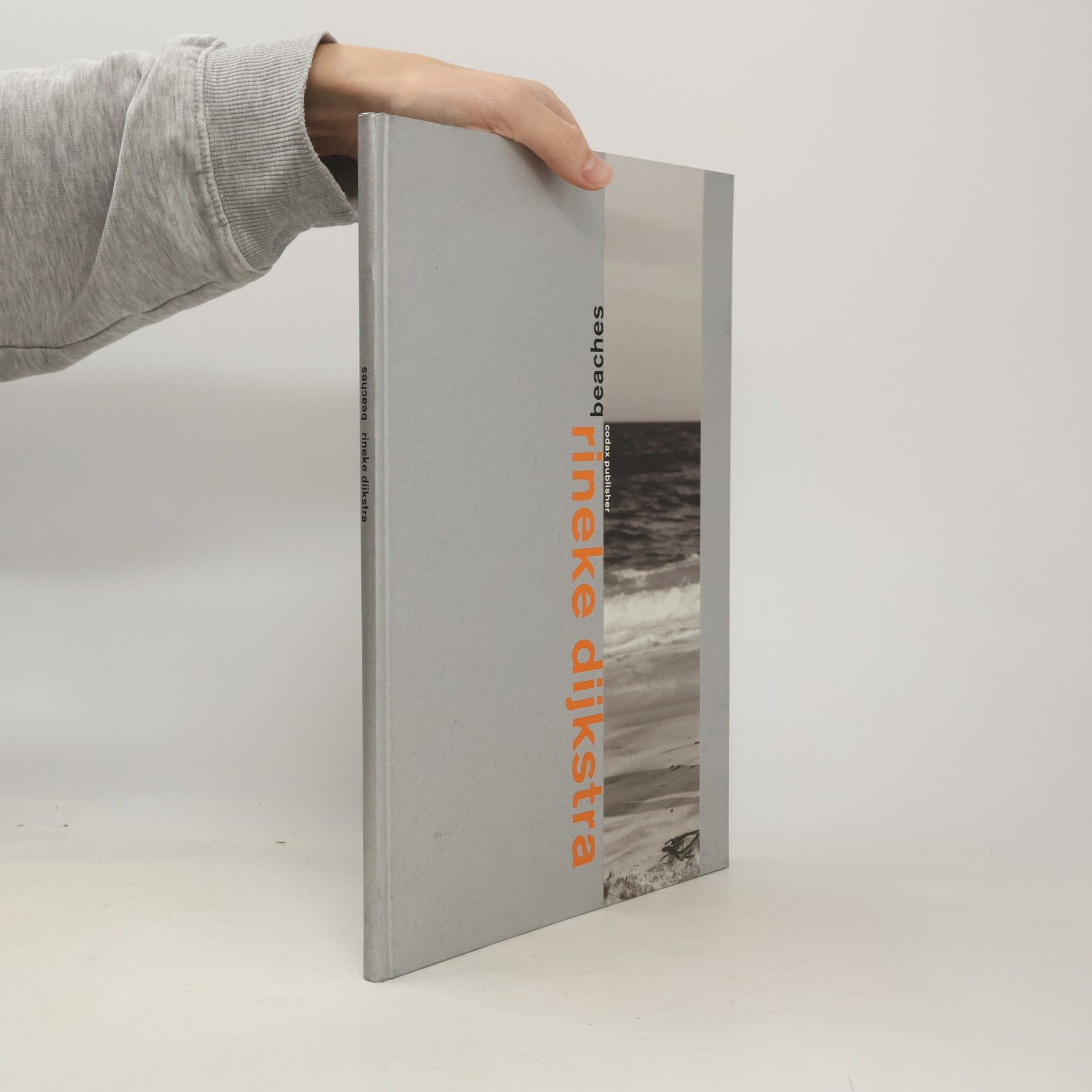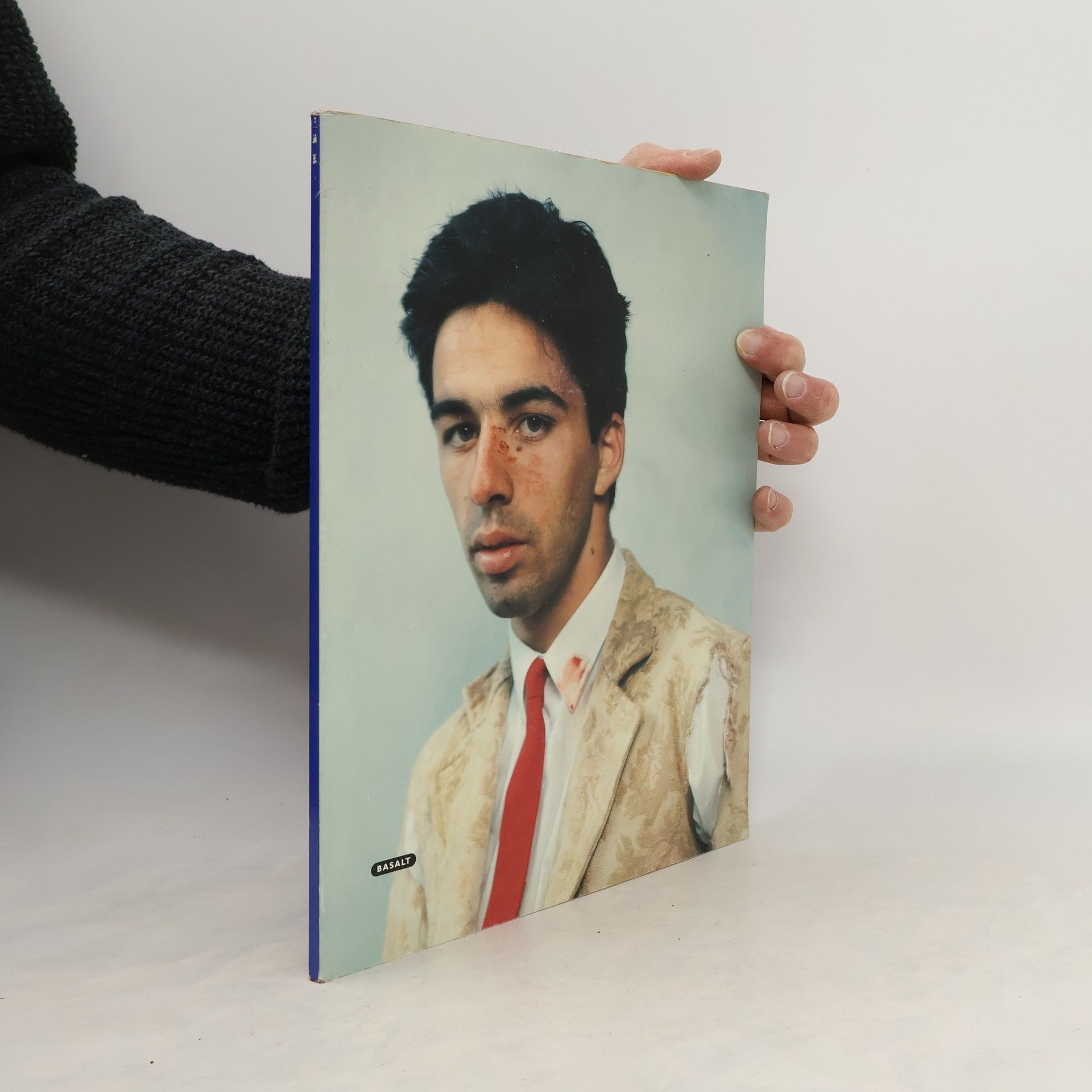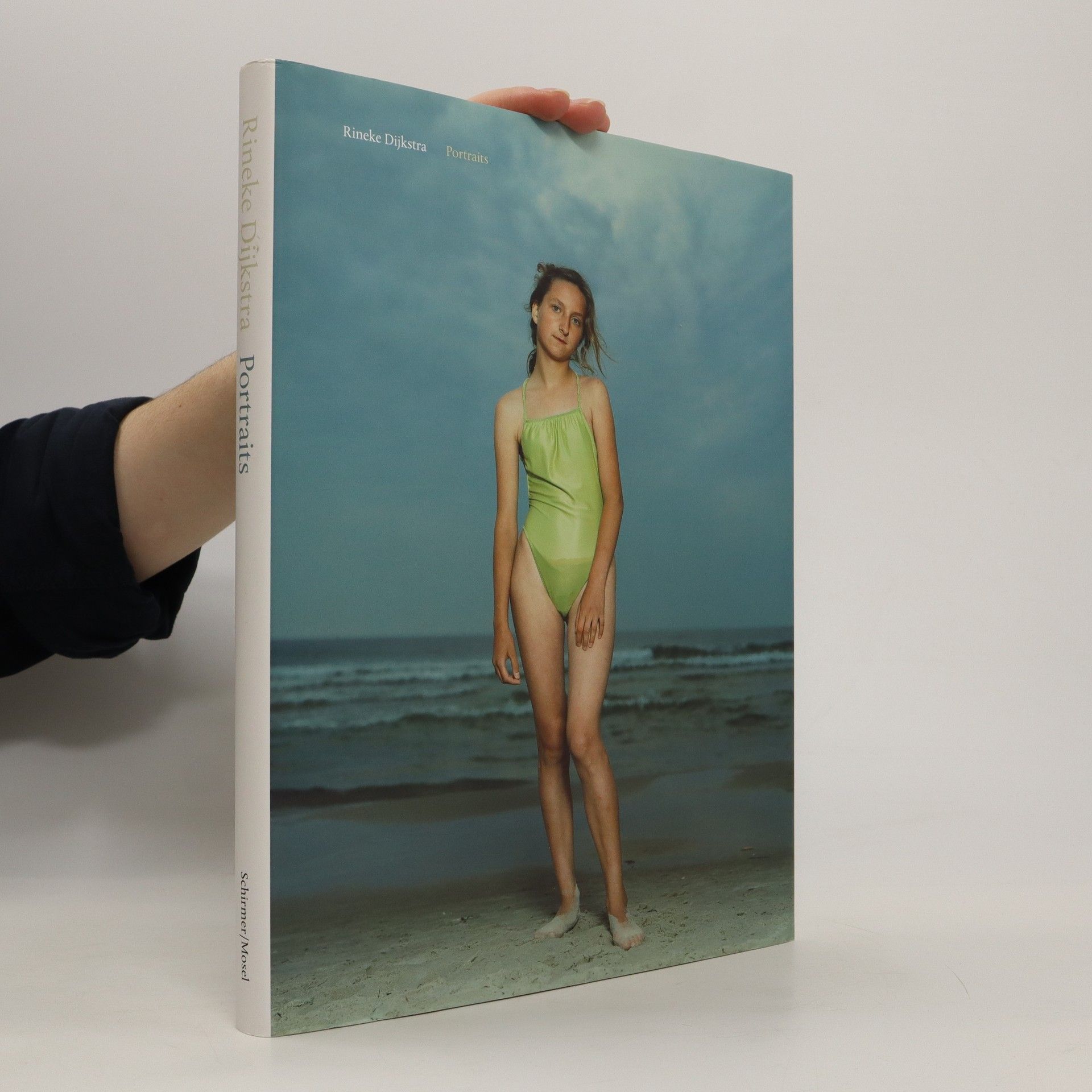Rineke Dijkstra is renowned for her uncanny and thoughtful portraits series of teenagers and young adults: girls and boys of various nationalities at the beach, children of Bosnian refugees, Spanish bullfighters straight out of the arena, Israeli youngsters before and after military service, and here, documented for the first time, her series of photographs taken of aspiring, young ballet dancers. Her subjects are shown standing, facing the camera, against a minimal background. Formally, the images resemble classical portraiture with their frontally posed figures isolated against minimal backgrounds. Yet, in spite of the uniformity in the photographer's works, there is a marked individuality in each of her subjects. Dijkstra often deals with the development of personality as one moves from adolescence to adulthood, or through a life-changing or potentially threatening experience such as childbirth, or a bullfight. "Portraits" includes the photographer's new "Ballet School" series.
Rineke Dijkstra Livres





Artist Rineke Dijkstra has appropriated the formal qualities of the studio portrait from the early part of this century--taking the convention of the full length, frontal and centrally composed portrait to its logical limits, she is able to penetrate to the core of her subjects. Each photograph is marked with a precise date and location, suggesting a conscious evocation of the work of the early 20th century photographer August Sander and his project to document the ''Citizens of the Twentieth Century.'' Dijkstra's photographs stand by themselves, bearing no reference to personal circumstances or the specific geographical details of the location--the power of her images lies in an intimate psychological connection between artist, sitter, and viewer. For Dijkstra's best known series of photographs--an extensive series of beach portraits of teenagers and children taken on beaches all over the world between 1992 and 1996--the artist sought out a certain introversion or unease in her subjects, capturing with rare perfection the human condition of feeling not-at-home in the world. This brilliant new monograph documents Dijkstra's recent photographic and video work.
Basalt
- 64pages
- 3 heures de lecture
Pictorial stiff wrappers (softcover), 58 pages with 54 photos, colour and b&w.Cover photo from Rineke Dijkstra's of Villa Franca de Xira, Portugal, 1994. Contributions by Hellen van Meene, Koos Breukel, Céline van Balen, Leo Divendal, Paul Kooiker, Rineke Dijkstra, Robert Longo, ULAY, Roberto Mancuso Alvarez, Cas Oorthuys, Bertien van Manen, Arno Nollen and others.
First edition, first printing. Hardcover. Silver paper-covered boards with tipped-in plate and title stamped in orange and black on cover; no dust jacket as issued. Photographs by Rineke Dijkstra. Essay (in German and English) by Birgid Uccia. Includes a list of plates, a biography, exhibition history, bibliography and awards. Designed by Weiersmüller Bosshard Grüninger. 56 pp., with 18 four-color plates finely printed on heavy matt paper. 13-5/8 x 9-5/8 inches. This first edition was limited to 250 copies. [Cited in Martin Parr and Gerry Badger, The A History, Volume II. (London and New Phaidon, 2006).] From Parr and "When they first appeared in the 1990s, the portraits by the Dutch artist Rineke Dijkstra caused more of a stir than any comparable imagery since Diane Arbus. Her first collection in particular, published as Beaches in this important photobook, resonated with her audience in a number of ways. The images related to the work of both Arbus and August Sander, two impeccable precedents, yet displayed an authoritative voice of their own. Their subject matter, adolescents in bathing suits, was edgy, but was handled by Dijkstra with sensitivity. Furthermore, the rigor of her presentation demonstrated an intellectual clarity and ambition that was enough to announce a major new voice in portraiture, possibly the trickiest of photographic genres to bring off successfully."